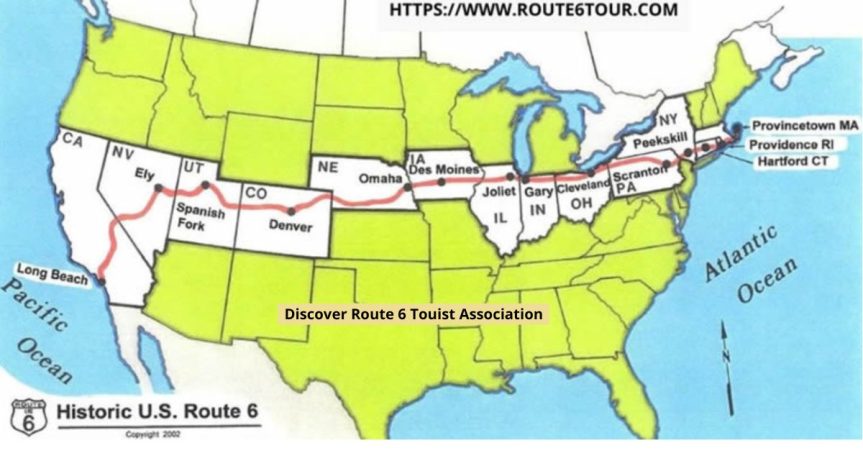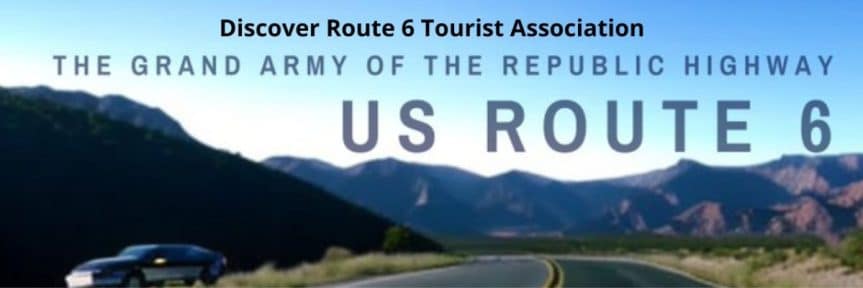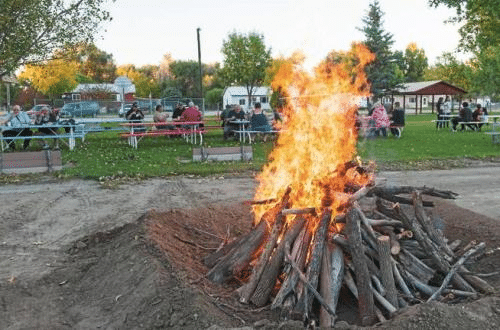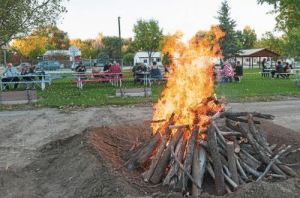Reach New Heights at Loveland Pass, The Crown Jewel of Route 6
Discover the Magic of Loveland Pass
Tucked away in the heart of Colorado’s Rocky Mountains, Loveland Pass stands as a monumental testament to both natural beauty and human ingenuity. At 11,990 feet above sea level, it proudly marks the highest point of the historic Route 6. This blog will take you on an exciting journey through Loveland Pass, from its rich history and breathtaking vistas to the adventures that await modern-day explorers. Whether you’re an adventure traveler, an outdoor enthusiast, or a Route 6 aficionado, there’s something magical about this high-altitude wonderland that will leave you captivated.
The History of Loveland Pass and Route 6
Loveland Pass isn’t just a scenic marvel; it’s a significant piece of Colorado’s—and America’s—transportation history. Route 6, also known as the Grand Army of the Republic Highway, was established in 1926 and once stretched from Provincetown, Massachusetts, to Long Beach, California. Loveland Pass became an essential segment of this iconic route, helping to connect the eastern and western United States.
The pass itself was named after William A.H. Loveland, a pioneering entrepreneur who was instrumental in developing Colorado’s early transportation infrastructure. His vision helped shape the region, making it accessible for commerce and travel. Today, Loveland Pass is not just a route for vehicles but a crucial corridor for wildlife and a hotspot for eco-tourism, maintaining its legacy as a vital link across the Rockies.
Exploring the Beauty of Loveland Pass
There’s nothing quite like the view from Loveland Pass. Imagine standing at nearly 12,000 feet, with panoramic vistas stretching out before you. The rugged peaks, lush valleys, and clear blue skies create a tapestry of natural beauty that is truly awe-inspiring.
The flora and fauna in this region are equally spectacular. High-altitude wildflowers bloom in vibrant colors during the summer, while ancient pines and aspens provide a natural sanctuary for various wildlife, including elk, mountain goats, and eagles. The experience of driving or hiking through Loveland Pass is like stepping into a living postcard.
For those who prefer to explore on foot, numerous hiking trails offer unique perspectives of this alpine paradise. Imagine walking through fields of wildflowers, hearing the call of a distant hawk, and feeling the cool mountain breeze against your skin. Whether you’re a seasoned hiker or a casual walker, Loveland Pass offers a natural escape that is both serene and exhilarating.
The Adventure Awaits
Loveland Pass is a playground for outdoor enthusiasts. From hiking and biking in the summer to skiing and snowboarding in the winter, there’s no shortage of activities to keep your adrenaline pumping.
Hiking Trails
Numerous trails cater to all skill levels. The Loveland Pass Trail is a favorite among hikers, offering a moderately challenging path with rewarding views of the Continental Divide. For a more strenuous trek, the Grizzly Peak Trail provides a rigorous climb and panoramic vistas that will leave you breathless.
Backcountry Skiing and Snowboarding
When winter blankets Loveland Pass in snow, it transforms into a haven for backcountry skiing and snowboarding. The open slopes and deep powder attract adventurers from all over the world. Safety is paramount, so ensure you have the right gear and knowledge before heading out.
Scenic Drives
Even if hiking isn’t your thing, the drive alone is worth the trip. The winding roads offer spectacular views at every turn, making it perfect for a leisurely drive with plenty of photo opportunities. Make sure to stop at the summit parking area to take in the breathtaking scenery.
Safety Tips and Precautions
While Loveland Pass offers unparalleled beauty and adventure, it also comes with its own set of risks, especially during winter and adverse weather conditions. Here are some essential safety tips to keep in mind:
Winter Precautions
- Check Weather Conditions: Always check weather forecasts before heading out. Winter storms can make the pass treacherous.
- Carry Chains: If you’re driving, carry tire chains or use a vehicle with four-wheel drive to ensure better traction.
- Avalanche Awareness: The pass is prone to avalanches. Carry avalanche safety gear and know how to use it.
General Safety Tips
- Stay Hydrated: At high altitudes, it’s easy to become dehydrated. Carry plenty of water.
- Dress in Layers: Weather can change rapidly. Layering helps you stay comfortable.
- Know Your Limits: Whether hiking or driving, know your physical and vehicle limits. The high altitude can be challenging.
The Future of Loveland Pass and Route 6
Loveland Pass and Route 6 continue to evolve. There are ongoing efforts to preserve the natural beauty and ecological significance of the area. Sustainable tourism practices are being encouraged to ensure that future generations can enjoy this stunning locale.
Preservation Efforts
Organizations are working tirelessly to maintain the delicate balance between tourism and conservation. Initiatives include habitat restoration projects, wildlife monitoring, and public education campaigns.
Potential Developments
There’s also talk of improving infrastructure to enhance visitor experiences while minimizing environmental impact. These developments aim to provide better access and safety without compromising the natural beauty of Loveland Pass.
Role of Travelers
As visitors, we play a crucial role in the preservation of Loveland Pass. Practicing Leave No Trace principles, respecting wildlife, and supporting local conservation efforts are simple yet effective ways to contribute to the sustainability of this iconic location.
Experience Loveland Pass for Yourself
Loveland Pass is more than just a point on a map; it’s a destination that offers a unique blend of history, natural beauty, and adventure. Whether you’re driving along Route 6, hiking the trails, or carving through fresh powder, Loveland Pass offers an unforgettable experience.
Don’t just take our word for it—come see for yourself! Share your stories and photos with us and become part of the Loveland Pass community. And if you’re planning your next adventure, remember that Loveland Pass is a must-see for any outdoor enthusiast or Route 6 explorer.
In conclusion, Loveland Pass stands as a testament to the beauty and majesty of the Rocky Mountains. It’s a place where history, nature, and adventure converge, offering something for everyone. Whether you’re a seasoned traveler or a first-time visitor, Loveland Pass promises an experience that will leave you inspired and longing for more.





